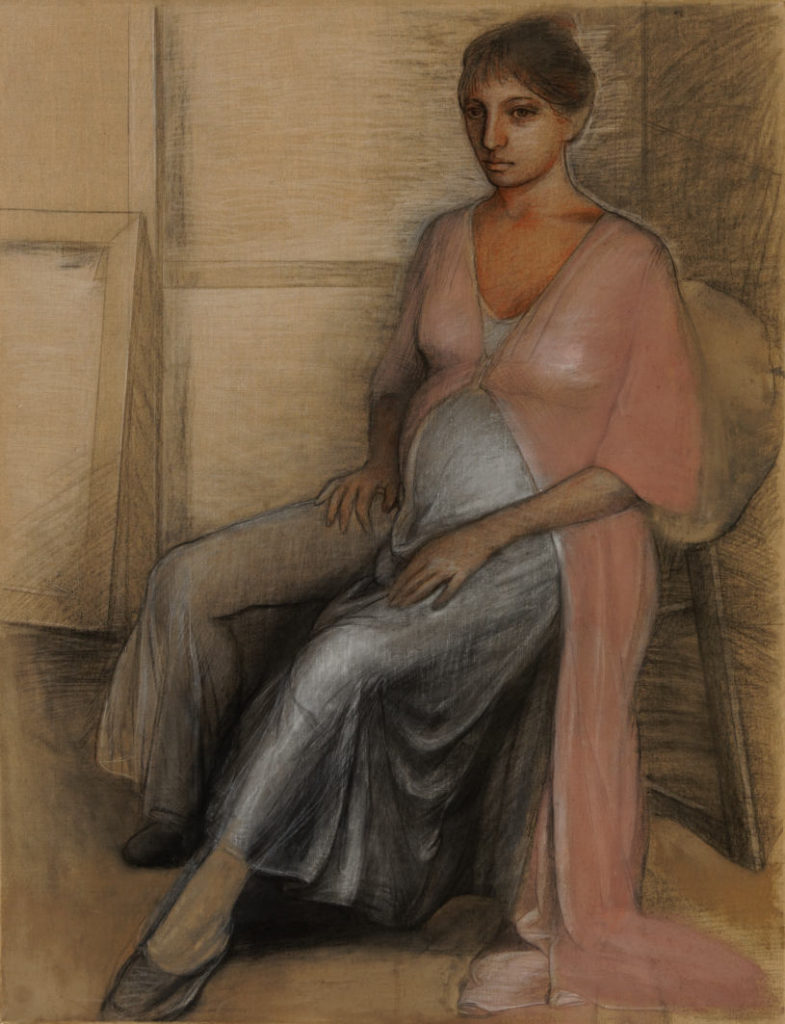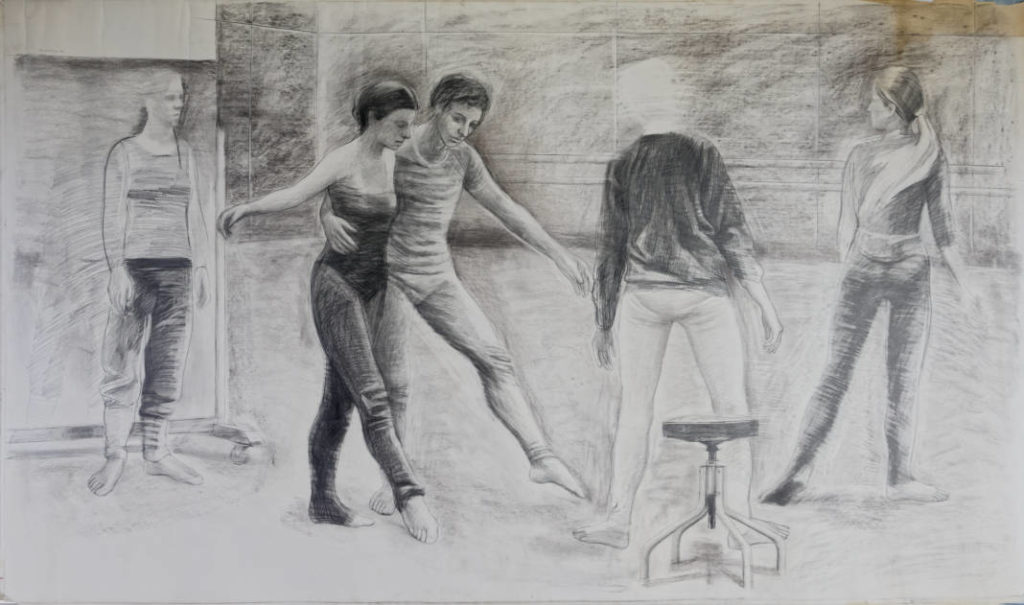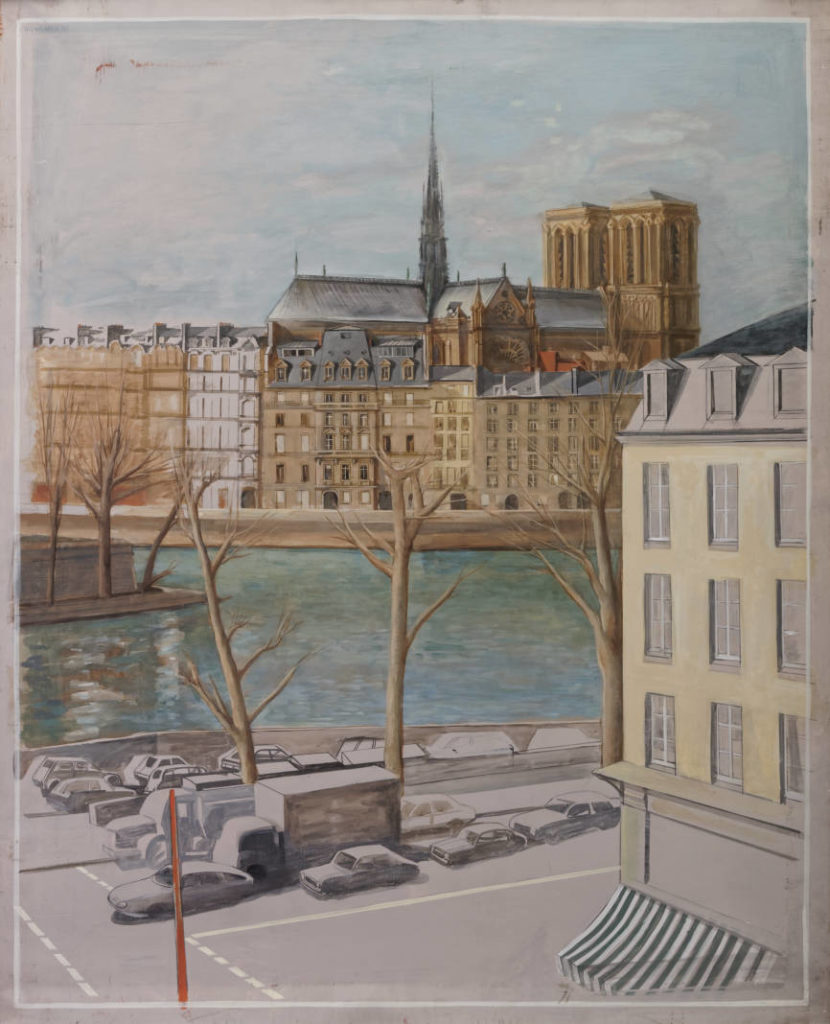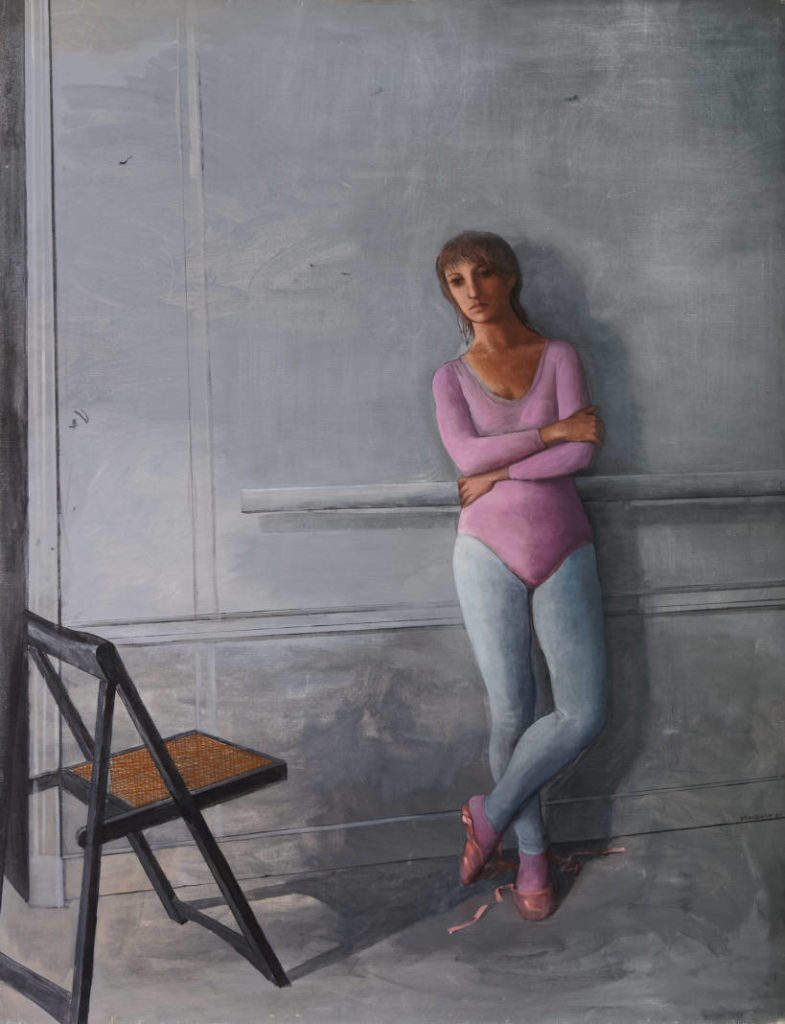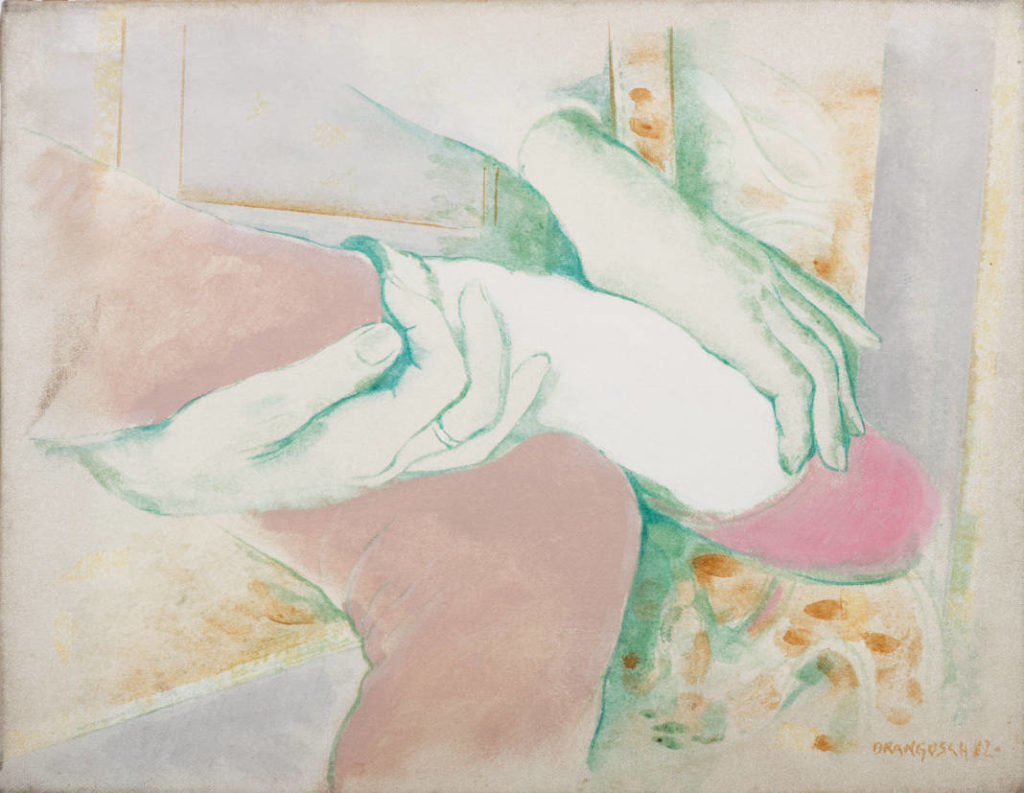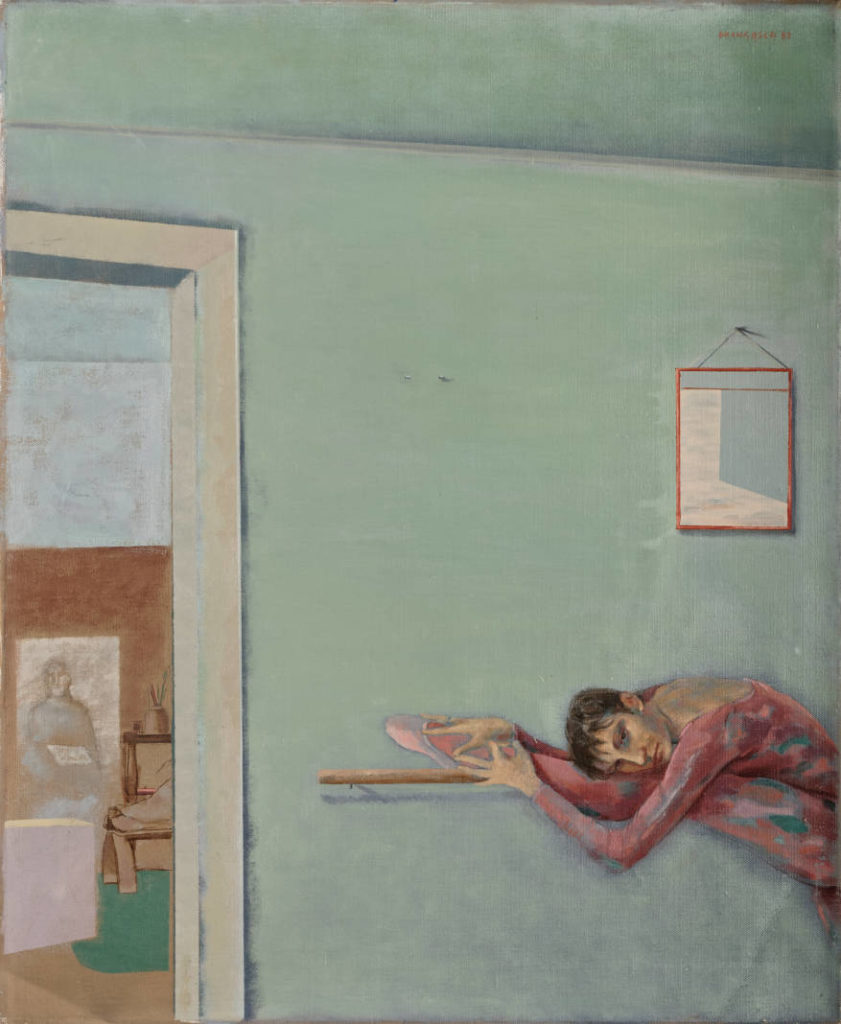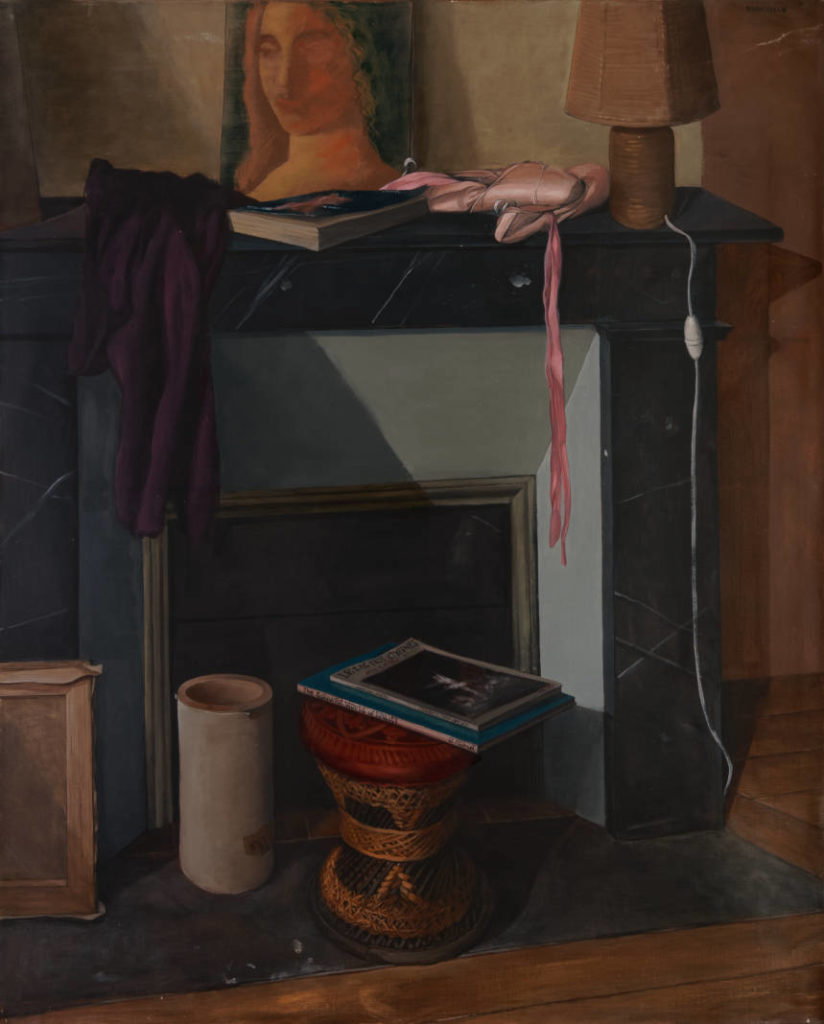“I was formed by a specific school, which had a specific tradition (regarding the Torres Garcia Workshop / Bio – Joaquín Torres García (torresgarcia.org.uy). All this was very well installed in a cultural dialectic. When you arrive in Europe, you find yourself in a much more international environment, where the landmarks are international. In my beginnings in the old continent, I worked from memory on the ideas that I had before. But this was not dynamic, I was locked in my memory box. So I decided to dust it off” (Ernesto Drangosch – Interview Arc-en-Ciel 1982).
In 1979, Ernesto Drangosch leaves Barcelona and Ibiza and settles in Paris. He moves into the International City of the Arts. He makes a radical change in his painting, breaks with the constructivist doctrine (Artists by art movement: Constructivism – WikiArt.org) and returns to the figuration through the creation of works on the theme of dance, inspired by the artistic world of his classical dancer wife. “Ernesto Drangosch returns to his origins, he returns to the realistic drawing of the human body in motion, at rest, studies of admirable precision, accumulated during dance sessions, taken up in the atelier in watercolor or in oil, very often in a range pastel colors, subtly bluish. The angular structure of a simple black folding chair, in sharp contrast to the elongated, flexible bodies of the dancers, makes its appearance in the composition. This object and its variants in the form of footstools or stools are part of the painter’s “mise en scène”. They increasingly take the leading role from the human being. Little by little the accessory, the insignificant, is raised to the rank of actor” (Jessica Boissel – Curator of the Museum of Modern Art – Georges Pompidou – Paris – 1998).


